
Deutsch-Chinesische Enzyklopädie, 德汉百科
 Turkey
Turkey
 Argentina
Argentina
 Australia
Australia
 Brazil
Brazil
 China
China
 Germany
Germany
 England
England

 European Union
European Union
 France
France

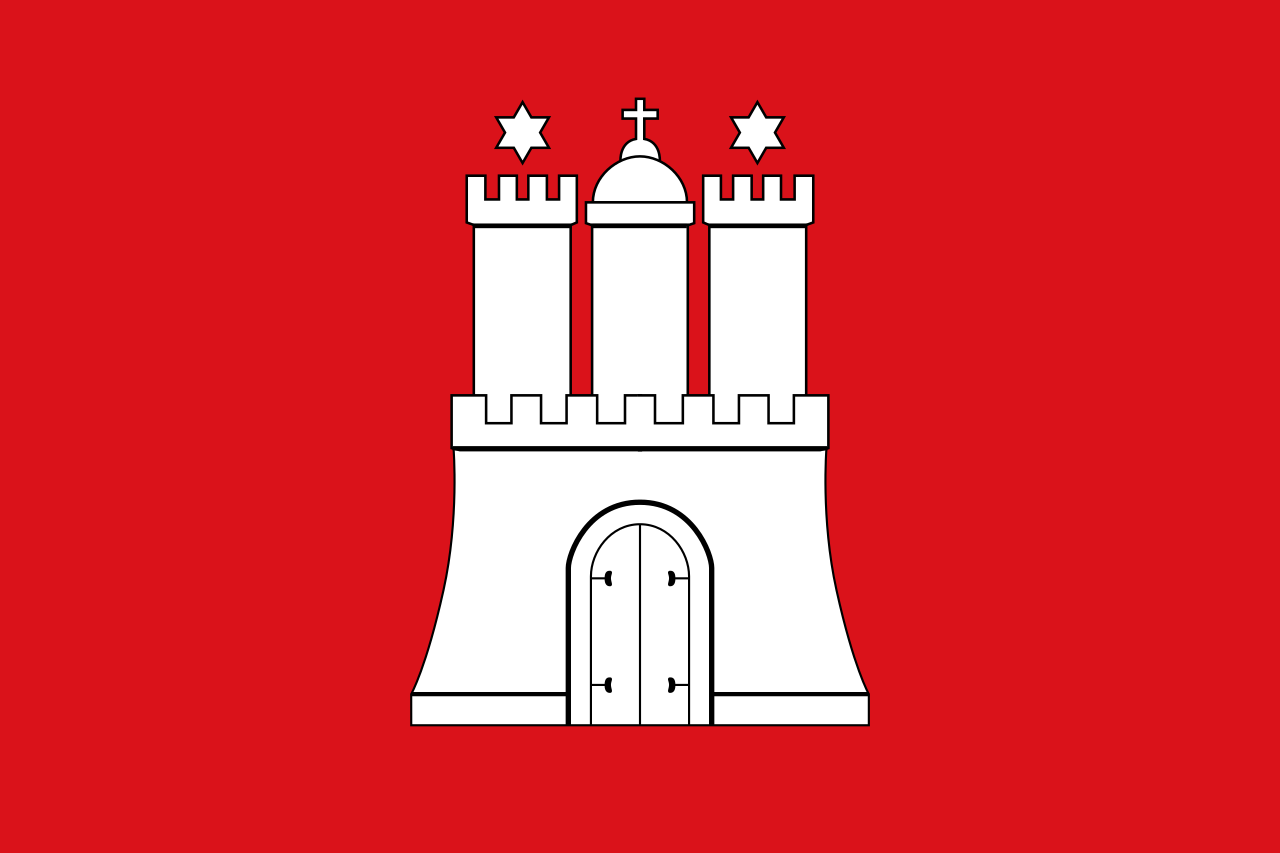 Hamburg
Hamburg

 Hand in Hand
Hand in Hand
 India
India
 Indonesia
Indonesia
 Italy
Italy
 Japan
Japan
 Canada
Canada
 Mexico
Mexico

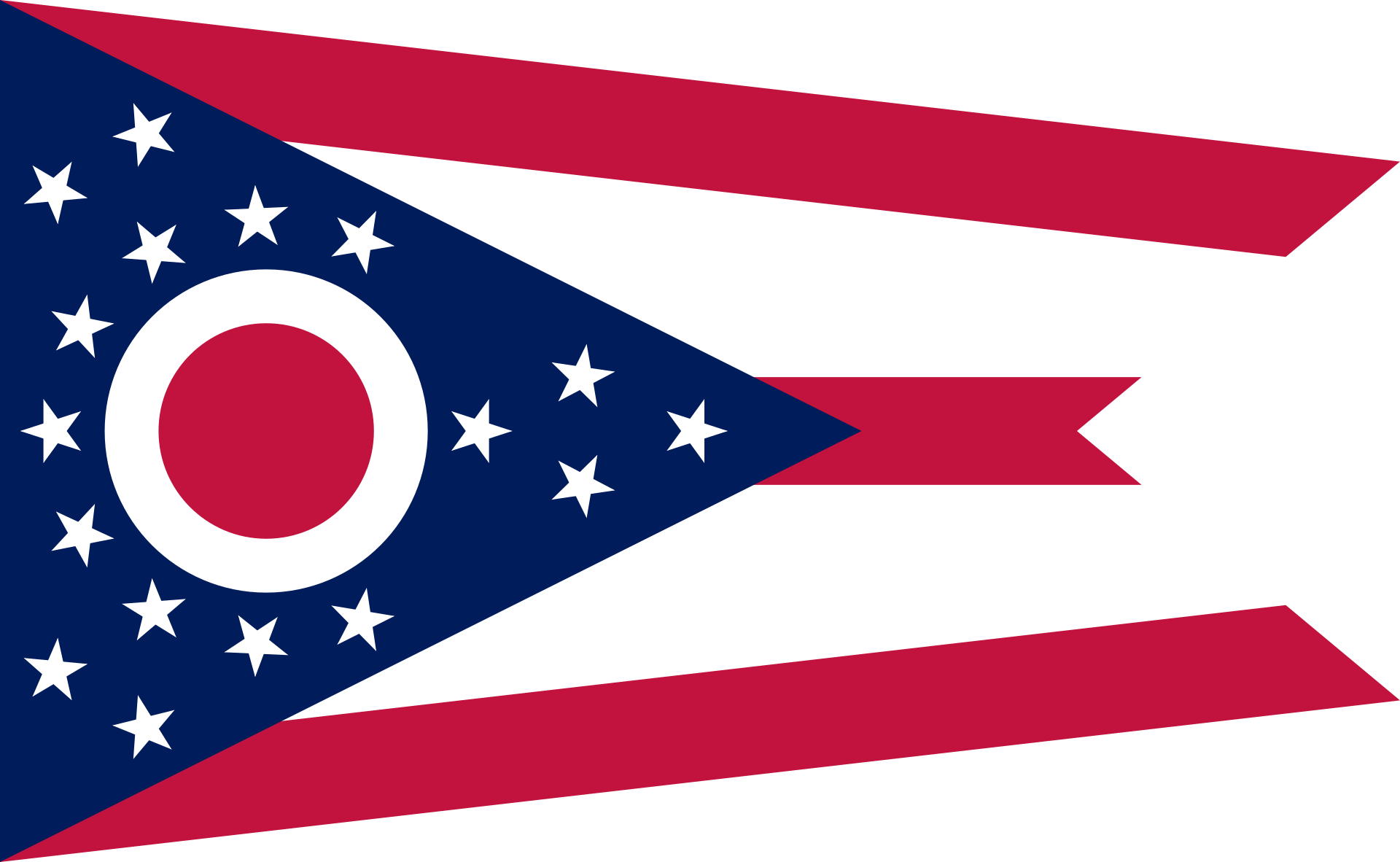 Ohio-OH
Ohio-OH

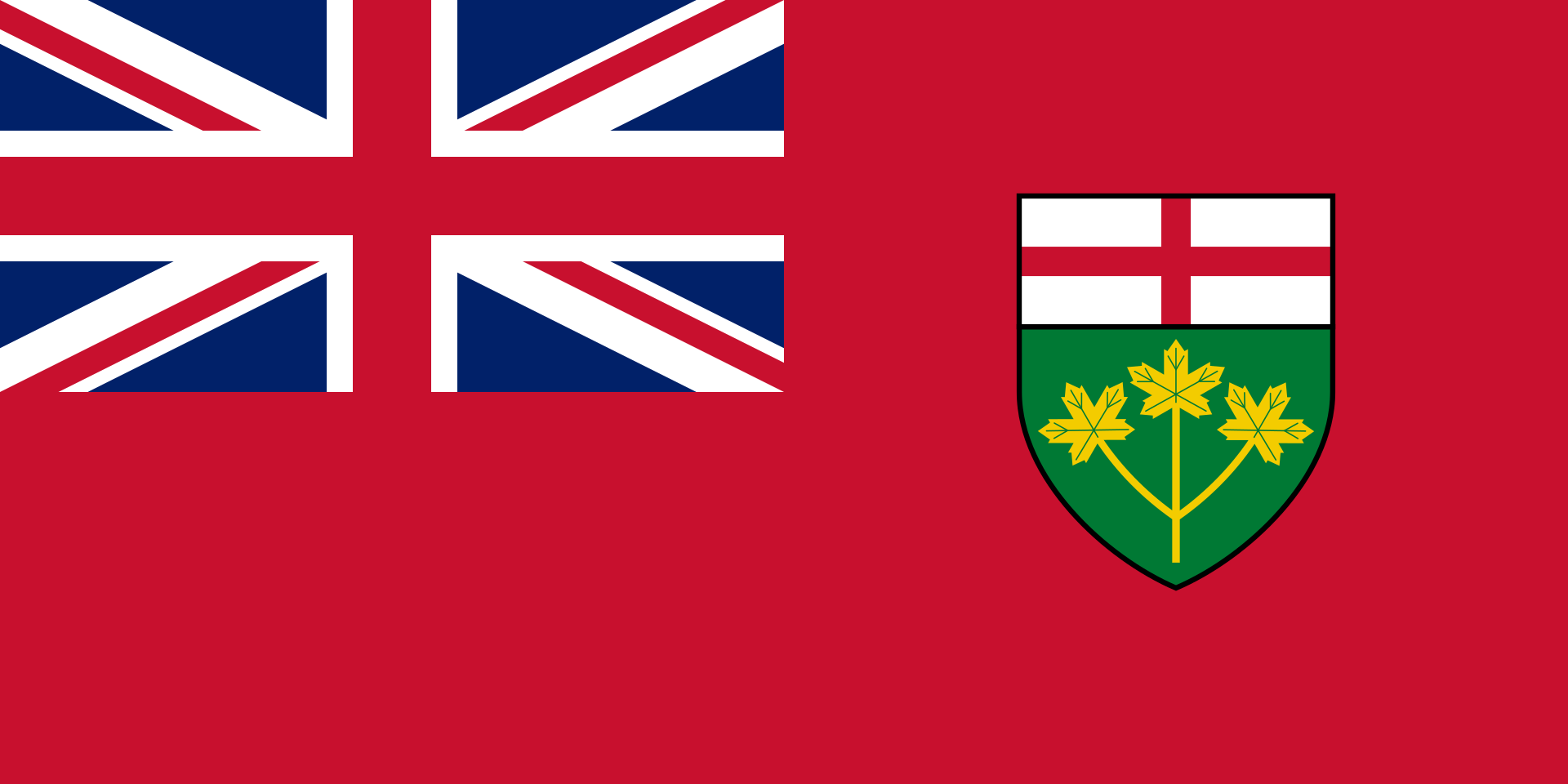 Ontario-ON
Ontario-ON

 Party and government
Party and government

 Party and government
Party and government
 Group of the twenty most important industrial and emerging countries
Group of the twenty most important industrial and emerging countries

 Provence-Alpes-Côte d´Azur
Provence-Alpes-Côte d´Azur

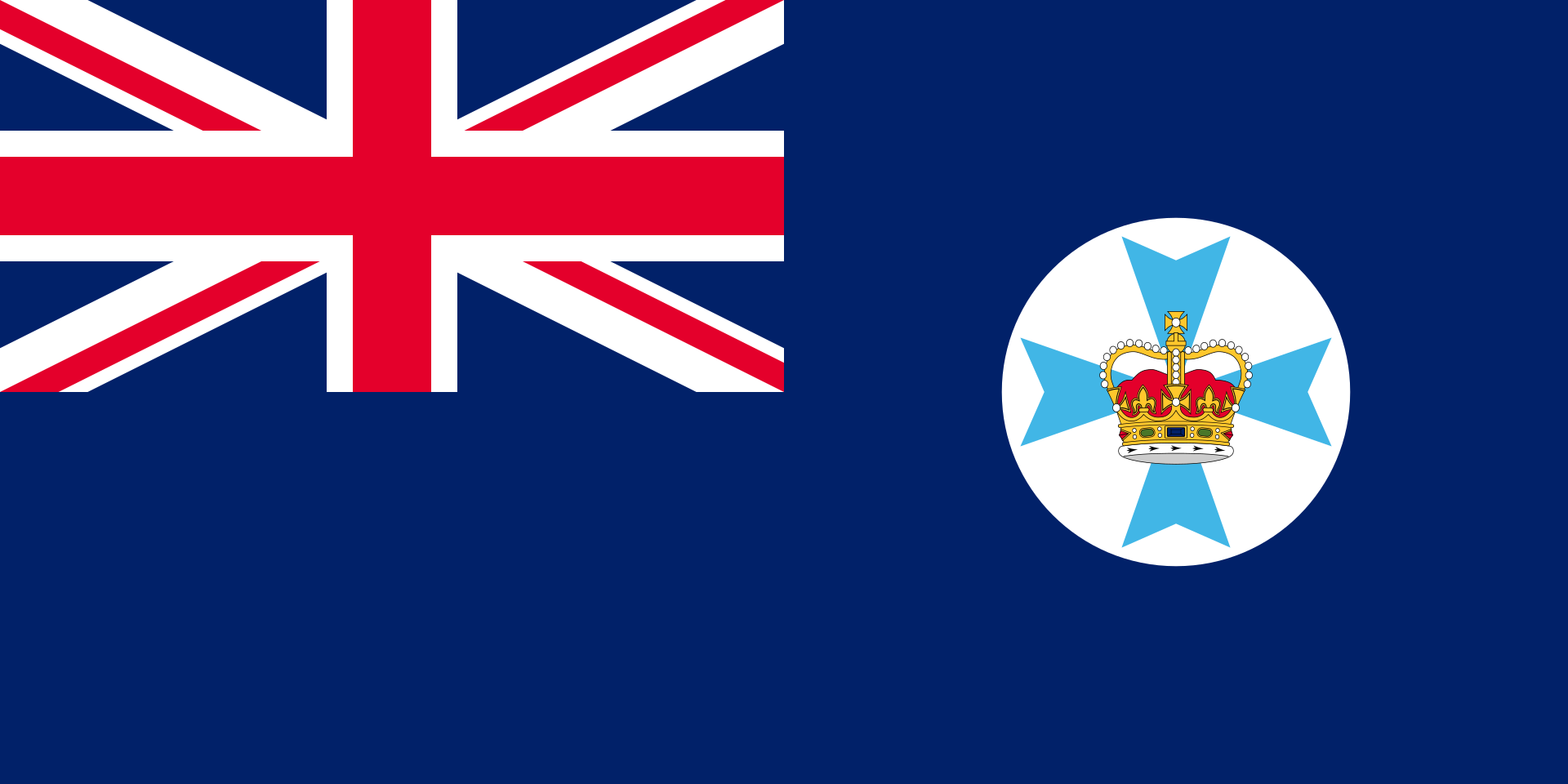 Queensland-QLD
Queensland-QLD
 Republic of Korea
Republic of Korea
 Russia
Russia
 Saudi Arabia
Saudi Arabia
 South Africa
South Africa
 Turkey
Turkey
 United States
United States
 United Kingdom
United Kingdom

 Washington, D.C.
Washington, D.C.
 Zhejiang Sheng-ZJ
Zhejiang Sheng-ZJ

20国集团(G20)是一个国际经济合作论坛,于1999年9月25日由八国集团的财长在华盛顿宣布成立,属于布雷顿森林体系框架内非正式对话的一种机制,由原八国集团以及其余十二个重要经济体组成。该组织的宗旨是为推动已工业化的发达国家和新兴市场国家之间就实质性问题进行开放及有建设性的讨论和研究,以寻求合作并促进国际金融稳定和经济的持续增长,按照以往惯例,国际货币基金组织与世界银行列席该组织的会议。20国集团成员涵盖面广,代表性强,该集团的GDP占全球经济的90%,贸易额占全球的80%,因此已取代G8成为全球经济合作的主要论坛。 二十国集团(英语:Group of Twenty,缩写:G20)是一个国际经济合作论坛,于1999年12月16日在德国柏林成立,属于布雷顿森林体系框架内对话的一种机制,由七国集团(加拿大、美国、英国、法国、德国、意大利、日本),金砖五国(巴西、俄罗斯、印度、中国、南非),七个重要经济体(墨西哥、阿根廷、土耳其、沙特阿拉伯、韩国、印度尼西亚、澳大利亚),以及欧洲联盟组成。按照惯例,国际货币基金组织与世界银行列席该组织的会议。
Die G20 (Abkürzung für Gruppe der zwanzig wichtigsten Industrie- und Schwellenländer) ist ein seit 1999 bestehender informeller Zusammenschluss aus 19 Staaten und der Europäischen Union. Sie soll als Forum für die Kooperation und Konsultation in Fragen des internationalen Finanzsystems dienen.
An den Treffen der G20 nehmen die Staats- und Regierungschefs der G20 Länder, die Finanzminister und Zentralbankchefs der G8 und elf weiterer Staaten, darunter die O-5, sowie die EU-Präsidentschaft (wenn diese zu diesem Zeitpunkt nicht von einem G8-Staat geführt wird), der Präsident der Europäischen Zentralbank, der Geschäftsführende Direktor (Managing Director) des Internationalen Währungsfonds, der Vorsitzende des Internationalen Währungs- und Finanzausschusses (IMFC), der Präsident der Weltbank und der Vorsitzende des Development Committees von Weltbank und Internationalem Währungsfonds teil.
G20(ジートゥエンティ)は、"Group of Twenty"の略で、主要国首脳会議(G7)に参加する7か国、EU、ロシア、および新興国11か国の計20か国・地域からなるグループである。
構成国・地域は、アメリカ合衆国、イギリス、フランス、ドイツ、日本、イタリア、カナダ、EU、ロシア、中華人民共和国、インド、ブラジル、メキシコ、南アフリカ共和国、オーストラリア、大韓民国、インドネシア、サウジアラビア、トルコ、アルゼンチンである。20か国・地域首脳会合(G20首脳会合)および20か国・地域財務大臣・中央銀行総裁会議(G20財務相・中央銀行総裁会議)を開催している。主要20か国・地域[1][2]とも言い、日本の放送局であるNHKでは、先進国会合であるG7と区別して、先進国に新興国を加えた主要20か国[3]と表現している。
The G20 (or Group of Twenty) is an international forum for the governments and central bank governors from 19 countries and the European Union (EU). Founded in 1999 with the aim to discuss policy pertaining to the promotion of international financial stability,[3] the G20 has expanded its agenda since 2008 and heads of government or heads of state, as well as finance ministers, foreign ministers and think tanks[4], have periodically conferred at summits ever since. It seeks to address issues that go beyond the responsibilities of any one organization.[3]
Membership of the G20 consists of 19 individual countries plus the European Union. The EU is represented by the European Commission and by the European Central Bank. Collectively, the G20 economies account for around 90%[5] of the gross world product (GWP), 80% of world trade (or, if excluding EU intra-trade, 75%), two-thirds of the world population,[2] and approximately half of the world land area.
With the G20 growing in stature[6] after its inaugural leaders' summit in 2008, its leaders announced on 25 September 2009 that the group would replace the G8 as the main economic council of wealthy nations.[7] Since its inception, the G20's membership policies have been criticized by some intellectuals,[8][9] and its summits have been a focus for major protests.[10][11]
The heads of the G20 nations held summits twice in 2009 and twice in 2010. Since the November 2011 Cannes summit, G20 summits have been held annually.[12]
Le Groupe des vingt (G20) est un groupe composé de dix-neuf pays et de l'Union européenne dont les ministres, les chefs des banques centrales et les chefs d'État se réunissent annuellement. Il a été créé en 1999, après la succession de crises financières dans les années 19901. Il vise à favoriser la concertation internationale, en intégrant le principe d'un dialogue élargi tenant compte du poids économique croissant pris par un certain nombre de pays. Le G20 représente 85 % du commerce mondial, les deux tiers de la population mondiale et plus de 90 % du produit mondial brut (somme des PIB de tous les pays du monde)1. Le 15 novembre 2008, pour la première fois de son histoire, les chefs d'État ou de gouvernement se sont réunis. Le G20 se décline sous trois formes : les G20 regroupant des chefs d'État et de gouvernement, les G20 finance regroupant les ministres des finances et les gouverneurs des banques centrales et, depuis les 20-21 avril 2010, des G20 sociaux, réunissant les ministres de l'emploi.
Il Gruppo dei 20 (o G20) è un forum dei leader, dei ministri delle finanze e dei governatori delle banche centrali, creato nel 1999, dopo una successione di crisi finanziarie per favorire l'internazionalità economica e la concertazione tenendo conto delle nuove economie in sviluppo. Di esso fanno parte i 19 paesi più industrializzati (quelli del G8 in primis) con l'eccezione di Spagna e Paesi Bassi (sono presenti invece Argentina e Sudafrica). È presente, inoltre, l'Unione europea.
Il G20 rappresenta i due terzi del commercio e della popolazione mondiale, oltre all'80% del PIL mondiale. Sono presenti anche alcune tra le maggiori organizzazioni internazionali.
El Grupo de los 20 (numerónimo: G-20) es un foro cuyos miembros permanentes son 19 países de todos los continentes (Alemania, Arabia Saudita, Argentina, Australia, Brasil, Canadá, China, Corea del Sur, Estados Unidos, Francia, India, Indonesia, Italia, Japón, México, Reino Unido, Rusia, Sudáfrica, Turquía y la Unión Europea).1
Es el principal espacio de deliberación política y económica del mundo.1 En conjunto las entidades políticas representadas en el G20 reúnen el 66 % de la población mundial y el 85 % del producto bruto mundial.1.
El G-20 cuenta además con 14 organizaciones internacionales socias, cuyas presidencias también integran el foro:2
- Mundiales (7): Naciones Unidas (ONU), Fondo Monetario Internacional (FMI), Banco Mundial, Consejo de Estabilidad Financiera (FSB), Organización Internacional del Trabajo (OIT), Organización Mundial de Comercio (OMC) y Organización Mundial de la Salud (OMS)
- Regionales (7): Asociación de Naciones del Sudeste Asiático (ASEAN), Unión Africana, Nueva Alianza para el Desarrollo de África (NEPAD), Comunidad del Caribe (CARICOM), Banco Interamericano de Desarrollo (BID), Banco de Desarrollo de América Latina (CAF) y Organización para la Cooperación y el Desarrollo Económico (OCDE)
El G-20 surgió en dos etapas. Primero en 1999, como un grupo de segundo nivel de autoridades económicas y financieras, y luego como un grupo de primer nivel en 2008, como consecuencia de la crisis mundial que estalló ese año, al constituirse como Cumbre de Jefes de Estado, desplazando al G-8 y al G8+5 como foro de discusión de la economía mundial.3
La instancia más importante del G20 es la Cumbre de Jefes de Estado, denominada Cumbre de Líderes, que se reúne una vez por año.4 El G20 cuenta con dos instancias gubernamentales de segundo nivel, denominadas canales de trabajo: el Canal de Finanzas que reúne a los ministros de Finanzas y presidentes de bancos centrales y el Canal de Sherpas, para tratar los temas no económicos.4
Complementariamente el G-20 cuenta con grupos de participación de la sociedad civil, llamados grupos de afinidad: Business 20 (B20) para empresarios, Civil 20 (C20) para ONGs, Labour 20 (L20) para sindicatos, Science 20 (S20) para científicos, Think 20 (T20) para institutos de investigación, Women 20 (W20) para organizaciones feministas y Youth 20 (Y20) para organizaciones juveniles.4
En 2019 la cumbre se realizó en Osaka Japón, correspondiendo la presidencia del grupo a su primer ministro, Shinzō Abe.
Больша́я двадца́тка (также G20, G-20 , Группа двадцати; официально — англ. The Group of Twenty, major advanced and emerging economies[1]) — клуб правительств и глав центральных банков государств с наиболее развитой и развивающейся экономикой[2].
В совокупности, G20 представляет 85 % мирового валового национального продукта, 75 % мировой торговли (включая торговлю внутри ЕС) и две трети населения мира[2].
Европейский союз представлен председателем Европейской комиссии и председателем Европейского совета[3]. Кроме того, обычно на встречах G20 присутствуют представители различных международных организаций, среди которых Совет по финансовой стабильности, Международный валютный фонд, Всемирная торговая организация, Африканский Союз, АСЕАН, Организация Объединённых Наций и Всемирный банк[2].
Группа 20 была создана в ответ на азиатский финансовый кризис конца 1990-х[2] и растущее сознание того, что страны с развивающейся рыночной экономикой не были адекватно представлены в мировых экономических обсуждениях и принятии решений. Переход от «большой семёрки» к формату G20 был ускорен из опасения катастрофы глобальной экономики в общемировой экономический кризис 2008 года[4]. До 2008 года группа не проводила саммитов на высшем уровне, её основной формой деятельности были ежегодные встречи на уровне министров финансов и глав центробанков. На сегодняшний день саммиты G20 являются глобальным форумом для сотрудничества и консультаций по вопросам, относящимся к международной финансово-экономической системе.

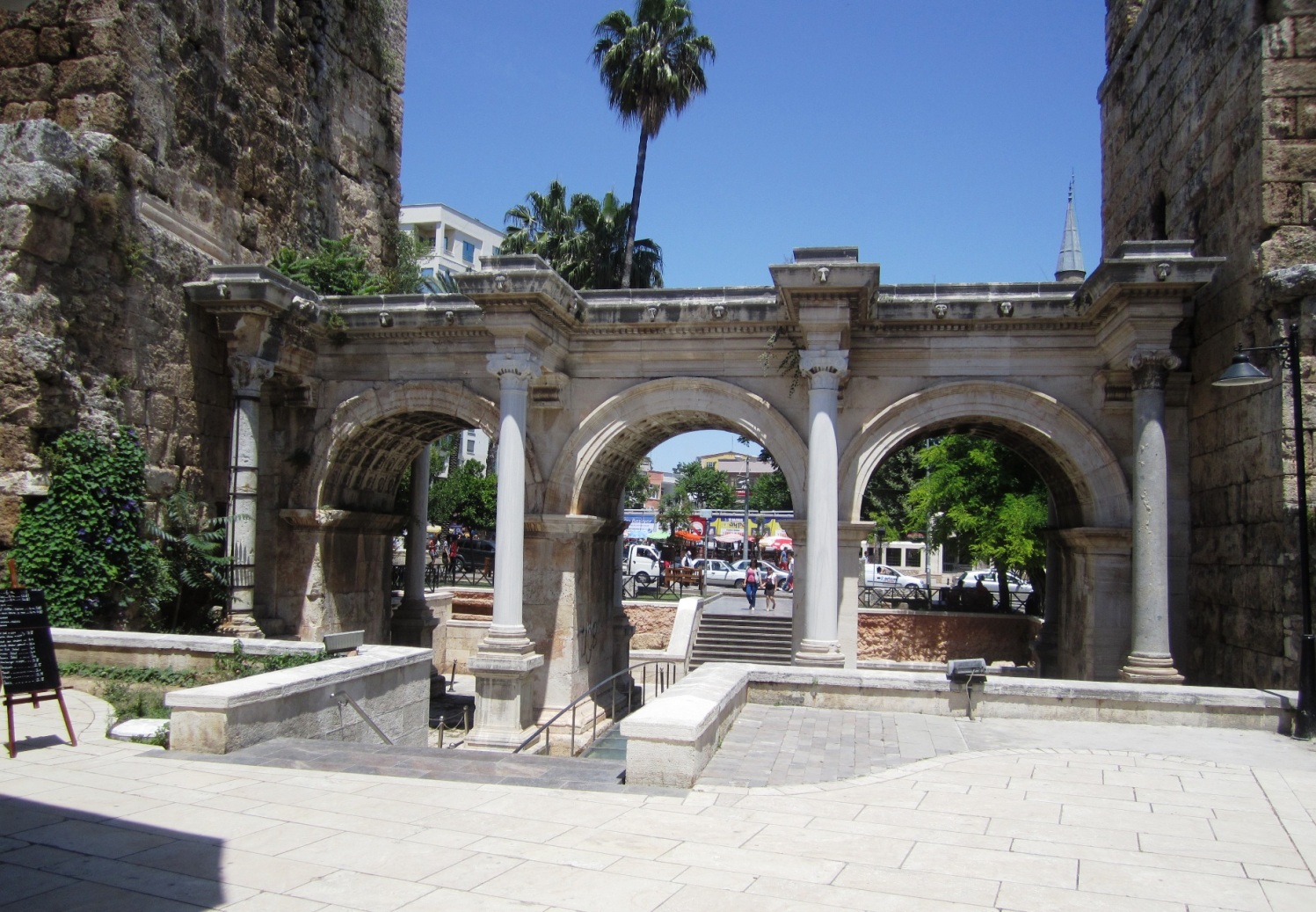


圣索菲亚大教堂(希腊语:Ἁγία Σοφία;拉丁语:Sancta Sapientia;土耳其语:Ayasofya)是位于现今土耳其伊斯坦布尔的宗教建筑,有近一千五百年的漫长历史,因其巨大的圆顶而闻名于世,是一幢“改变了建筑史”的拜占庭式建筑典范[1]。
索菲亚在希腊语里的意思是神圣智慧[2]。其拉丁语名称则为Sancta Sophia,希腊语全名是“Ναός τῆς Ἁγίας τοῦ Θεοῦ Σοφίας”,解作“上帝圣智教堂”,教堂供奉在正教神学里的耶稣[3][4]。大教堂称为“圣索菲亚”(Ἁγία Σοφία),是特别献给天主圣智的那一位,即圣三中的圣言。这种对耶稣的称呼可能源自保禄(保罗)对基督的描绘,格前1:24 “基督却是天主的德能和天主的圣智(Σοφία)”。
在该教堂伫立的地点曾经存在过两座被暴乱摧毁的教堂,公元532年拜占庭皇帝查士丁尼一世下令建造第三所教堂[5]。在拜占庭雄厚的国力支持之下,由物理学家米利都的伊西多尔(Isidore of Miletus)及数学家特拉勒斯的安提莫斯设计的这所教堂在公元537年便完成了其建造[6]。刚竣工时的圣索菲亚大教堂是正教会牧首巴西利卡形制的大教堂,在1519年被塞维利亚主教座堂取代之前圣索菲亚大教堂一直是世界上最大的教堂[7]。圣索菲亚大教堂由360年落成直至1453年期间都是君士坦丁堡的大教堂[8]
奥斯曼土耳其人在1453年征服君士坦丁堡,苏丹穆罕默德二世下令将大教堂转变为清真寺[9],还将钟铃、祭坛、圣幛、祭典用的器皿移去,用灰泥覆盖基督教镶嵌画[10]。日后又逐渐加上了一些伊斯兰建筑,如米哈拉布、敏拜尔及外面的四座叫拜楼。
随着土耳其共和国的建立,1934年该教堂失去了其宗教意义。1935年2月1日,这座见证了数个帝国兴盛衰亡的建筑以博物馆的身份重新对世人开放[11]。
大教堂藏有大量圣物,当中以一个15米(49英尺)高的银圣幛最具特色,圣索菲亚大教堂是君士坦丁堡牧首的圣座,在将近千年的时间里都是正教会的焦点。1054年,枢机宏伯特到圣索菲亚大教堂的祭坛将牧首米恰尔一世·色路拉里乌逐出教会[12],该事件被视为东西教会分裂的开端。
作为接近500年来伊斯坦布尔最重要的清真寺,圣索菲亚大教堂是众多奥斯曼帝国时期清真寺如苏丹艾哈迈德清真寺(蓝色清真寺)、塞札特清真寺、苏莱曼尼耶清真寺、鲁斯坦帕夏清真寺、奇力克阿里帕夏清真寺的模范。
Die Hagia Sophia (vom griechischen Ἁγία Σοφία „heilige Weisheit“; türkisch Ayasofya) oder Sophienkirche ist eine ehemalige byzantinische Kirche, die später eine Moschee wurde und heute als Museum (Ayasofya Müzesi, „Hagia-Sophia-Museum“) genutzt wird. Sie befindet sich in Eminönü, einem Stadtteil im europäischen Teil Istanbuls. Nach dem Niederbrennen zweier Vorläuferbauten verfolgte Kaiser Justinian mit dem Bau einer Kuppelbasilika im 6. Jahrhundert n. Chr. ein besonders ambitioniertes baupolitisches Programm. Sie ist dabei nicht nur die letzte der spätantiken Großkirchen, die seit Konstantin dem Großen im Römischen Reich errichtet wurden, sondern gilt in ihrer architektonischen Einzigartigkeit oft als eine Kirche ohne Vorbilder und ohne Nachahmung.[1] Die Kuppel der Hagia Sophia bleibt mit 32 Metern Spannweite bis zum heutigen Tage die größte über nur vier Tragepunkten errichtete Kuppel der Architekturgeschichte und gilt mit der gigantischen Umsetzung und ihrer besonderen Harmonie und Proportionen als eines der bedeutendsten Gebäude aller Zeiten.[2][3] Als letztes großes und bei Weitem bedeutendstes Bauwerk der frühbyzantinischen Architektur und Kunst der Spätantike[4] brachte sie zugleich ein neues Paradigma des Kirchenbaus hervor, das teils im Gegensatz zu seinen älteren Vorläufern stand und in der Folge einen der Grundpfeiler der christlichen Baukunst bilden sollte, der die Sakralarchitektur in Ost und West nachhaltig beeinflusst hat.[5][2] Die Hagia Sophia war die Kathedrale Konstantinopels, Hauptkirche des Byzantinischen Reiches sowie religiöser Mittelpunkt der Orthodoxie und ist heute ein Wahrzeichen Istanbuls.
Als Krönungskirche der byzantinischen Kaiser (seit 641), als Kathedrale des Ökumenischen Patriarchats von Konstantinopel und Ort wichtiger historischer Geschehnisse ist die Hagia Sophia in besonderer Weise mit der byzantinischen Geschichte sowie allgemein als universell gedachte Modellkirche der Hauptstadt der christlichen Oikumene, Konstantinopel, mit der Ideengeschichte des Christentums verbunden.[6] Geplant als Bau von universeller Bedeutung, blieb sie über die Zeit des Mittelalters auch ein universelles christlich-spirituelles Zentrum. Auf der rechten Seite des Naos symbolisiert das Omphalion daher auch die Mitte der Erde, den sprichwörtlichen „Nabel der Welt“. Ihr Bau und ihre Symbolkraft waren aber insbesondere für die orthodoxe Christenheit und das Reich von außerordentlicher Bedeutung. Daher gilt sie den meisten orthodoxen Christen noch heute als großes Heiligtum.
Nach der Eroberung Konstantinopels durch die Osmanen im Jahr 1453 wurden christliche Insignien, Inneneinrichtung, Dekorationen und Glocken der Hagia Sophia entfernt oder durch Putz verdeckt. Nachdem die Hagia Sophia anschließend als Hauptmoschee der Osmanen adaptiert worden war, stellten sich die Sultane des 16. und 17. Jahrhunderts mit bedeutenden architektonischen Rezeptionen der Hagia Sophia in die byzantinische Tradition; die berühmteste Rezeption ist die Sultan-Ahmed- oder Blaue Moschee; in jüngster Zeit ist die neue Sabancı-Zentralmoschee von Adana zu nennen. Mithin geht die heute geläufigste Bauform der Moschee als Zentralkuppelbau letztlich auf die Hagia Sophia zurück, während in den ersten Jahrhunderten der islamischen Geschichte noch der Typus der Pfeilerhallenmoschee (wie z. B. die ehemalige Hauptmoschee von Córdoba oder die Umayyaden-Moschee) dominiert hatte, wobei letztere ursprünglich als Basilika errichtet und erst später in eine Moschee umgewandelt wurde. Allgemein ist die Hagia Sophia trotz der islamischen Indienstnahme unter den bedeutenden frühchristlichen Sakralgebäuden in rein architektonischer Perspektive heute weniger verändert überliefert, als es die großen frühchristlichen Basiliken Roms und Jerusalems sind.[7]
アヤソフィア(トルコ語:Ayasofya、古典ギリシア語:Ἁγία Σοφία (Hagia Sophiā)、現代ギリシア語:Αγία Σοφία (Aagia Sophia))は、トルコのイスタンブールにある博物館[1]。東ローマ帝国(ビザンツ帝国・ビザンティン帝国)時代に正統派キリスト教の大聖堂としての建設を起源とし、帝国第一の格式を誇る教会、コンスタンティノープル総主教座の所在地であった[2]が、1204年から1261年まではラテン帝国支配下においてローマ・カトリックの教徒大聖堂とされていた。その後は1453年5月29日から1931年までの長期間にわたりモスクとして改築を繰り返し使用されて現在の特徴的な姿となり[3]、後に世俗化された。1935年2月1日から博物館 (トルコ語: Ayasofya Müzesi) として使われている[4]。
東ローマ帝国の代表的な遺構であり、しばしばビザンティン建築の最高傑作と評価される。その歴史と威容から、オスマン帝国の時代においても第一級の格式を誇るモスクとして利用された。日本語では慣用的に「ハギア・ソフィア」と呼称されるが、厳密にはトルコ語読みは「アヤソフャ」、古典ギリシア語読みは「ハギア・ソピアー」、現代ギリシア語読みでは「アギア・ソフィア」に近い。正教会では「アギア・ソフィア大聖堂」と呼ばれ、「ハギア・ソフィア大聖堂」と表記されることも多い。
Hagia Sophia (/ˈhɑːɡiə soʊˈfiːə/; from the Greek Αγία Σοφία, pronounced [aˈʝia soˈfia], "Holy Wisdom"; Latin: Sancta Sophia or Sancta Sapientia; Turkish: Ayasofya) is the former Greek Orthodox Catholic patriarchal cathedral, later an Ottoman imperial mosque and now a museum (Ayasofya Müzesi) in Istanbul, Turkey. Built in 537 AD at the beginning of the Middle Ages, it was famous in particular for its massive dome. It was the world's largest building and an engineering marvel of its time. It is considered the epitome of Byzantine architecture[1] and is said to have "changed the history of architecture".[2]
From the date of its construction in 537 until 1453, it served as an Eastern Orthodox cathedral and the seat of the Ecumenical Patriarch of Constantinople,[3] except between 1204 and 1261, when it was converted by the Fourth Crusaders to a Roman Catholic cathedral under the Latin Empire. The building was later converted into an Ottoman mosque from 29 May 1453 until 1931. It was then secularized and opened as a museum on 1 February 1935.[4] It remained the world's largest cathedral for nearly a thousand years, until Seville Cathedral was completed in 1520.
The current building was originally constructed as a church between 532 and 537 on the orders of the Byzantine Emperor Justinian I and was the third Church of the Holy Wisdom to occupy the site, the prior one having been destroyed by rioters in the Nika Revolt. It was designed by the Greek geometers Isidore of Miletus and Anthemius of Tralles.[5] The church was dedicated to the Wisdom of God, the Logos, the second person of the Trinity,[6] its patronal feast taking place on 25 December, the commemoration of the birth of the incarnation of the Logos in Christ.[6] Although sometimes referred to as Sancta Sophia (as though it were named after Sophia the Martyr), sophia being the phonetic spelling in Latin of the Greek word for wisdom, its full name in Greek is Ναός της Αγίας του Θεού Σοφίας, Naos tēs Hagias tou Theou Sophias, "Shrine of the Holy Wisdom of God".[7][8] The church contained a large collection of relics and featured, among other things, a 15-metre (49 ft) silver iconostasis.[citation needed] The focal point of the Eastern Orthodox Church for nearly one thousand years, the building witnessed the excommunication of Patriarch Michael I Cerularius officially communicated by Humbert of Silva Candida, the papal envoy of Pope Leo IX in 1054, an act that is commonly considered the start of the East–West Schism.
In 1453, Constantinople was conquered by the Ottoman Empire under Mehmed the Conqueror, who ordered this main church of Orthodox Christianity converted into a mosque. Although some parts of the city of Constantinople were falling into disrepair, the cathedral was maintained with an amount of money set aside for this purpose. Nevertheless, the Christian cathedral made a strong impression on the new Ottoman rulers and they decided to convert it into a mosque.[9][10] The bells, altar, iconostasis, and other relics were destroyed and the mosaics depicting Jesus, his Mother Mary, Christian saints, and angels were also destroyed or plastered over. Islamic features—such as the mihrab (a niche in the wall indicating the direction toward Mecca, for prayer), minbar (pulpit), and four minarets—were added. It remained a mosque until 1931 when it was closed to the public for four years. It was re-opened in 1935 as a museum by the Republic of Turkey. Hagia Sophia was, as of 2014, the second-most visited museum in Turkey, attracting almost 3.3 million visitors annually.[11] According to data released by the Turkish Culture and Tourism Ministry, Hagia Sophia was Turkey's most visited tourist attraction in 2015.[12]
From its initial conversion until the construction of the nearby Sultan Ahmed Mosque (Blue Mosque of Istanbul) in 1616, it was the principal mosque of Istanbul. The Byzantine architecture of the Hagia Sophia served as inspiration for many other Ottoman mosques, such as the aforementioned mosque, the Şehzade Mosque, the Süleymaniye Mosque, the Rüstem Pasha Mosque and the Kılıç Ali Pasha Complex.
La basilique Sainte-Sophie (du grec Ἁγία Σοφία / Hagía Sophía, qui signifie « sagesse de Dieu », « sagesse divine », nom repris en turc sous la forme Ayasofya) est une grande basilique chrétienne de Constantinople construite dans un premier temps au IVe siècle, puis reconstruite bien plus grande au VIe siècle, sous l'empereur byzantin Justinien, où elle a acquis sa forme actuelle. Elle est devenue mosquée au XVe siècle sous Mehmet II. Elle est située sur la péninsule historique d'Istanbul. Depuis 1934, elle n'est plus un lieu de culte mais un musée. Son esplanade est à la mesure de la gloire de Byzance. Souvent surnommée la Grande Église, la basilique est dédiée au Christ, « sagesse de Dieu », selon la tradition théologique chrétienne. La dédicace du sanctuaire est célébrée le 25 décembre.
Santa Sofia (in turco: Ayasofya; in greco: Αγία Σοφία, Agia Sofia) è uno dei principali monumenti di Istanbul.
Dedicato alla Sophia (la sapienza di Dio), dal 537 al 1453 l'edificio fu cattedrale ortodossa e sede del Patriarcato di Costantinopoli, a eccezione di un breve periodo tra il 1204 e il 1261, quando fu convertito dai crociati a cattedrale cattolica di rito romano sotto l'Impero latino di Costantinopoli.
Divenne poi moschea ottomana il 29 maggio 1453 e tale rimase fino al 1931. Fu poi sconsacrato e il 1º febbraio 1935 divenne un museo.
Santa Madre Sofía o Hagia Sophia (del griego: Άγια Σοφία, «Santa Sabiduría»; en latín: Sancta Sophia o Sancta Sapientia; en turco: Ayasofya) es una antigua basílica patriarcal ortodoxa, posteriormente convertida en mezquita y actualmente en museo, en la ciudad de Estambul, Turquía.1
Desde la fecha de su dedicación en el año 360 y hasta 1453 sirvió como la catedral ortodoxa bizantina de rito oriental de Constantinopla, excepto en el paréntesis entre 1204 y 1261 en que fue reconvertida en catedral católica de rito latino, durante el patriarcado latino de Constantinopla del Imperio latino, fundado por los cruzados. Tras la Conquista de Constantinopla por el Imperio otomano, el edificio fue transformado en mezquita, manteniendo esta función desde el 29 de mayo de 1453 hasta 1931, fecha en que fue secularizado. El 1 de febrero de 1935 fue inaugurado como museo.
A veces llamada Sancta Sophia (como si fuera el nombre de Santa Sofía), sophia es en realidad la transcripción fonética al latín de la palabra griega "sabiduría" —el nombre completo en griego es Ναός τῆς Ἁγίας τοῦ Θεοῦ Σοφίας: «Iglesia de la Santa Sabiduría de Dios»—.23
El templo estaba dedicado a la Divina Sabiduría, una imagen tomada del Libro de la Sabiduría del Antiguo Testamento y que hace referencia a la personificación de la sabiduría de Dios o segunda persona de la Santísima Trinidad. Su fiesta se celebra el 25 de diciembre, el aniversario de la encarnación del Verbo o Logos en Cristo.4
Famosa por su enorme cúpula, está considerada como el epítome de la arquitectura bizantina, y se dice de ella que «cambió la historia de la arquitectura».5 Fue la catedral con mayor superficie del mundo durante casi mil años, hasta que se completó la obra de la catedral de Sevilla en 1520. El edificio actual fue reconstruido entre 532 y 537 para ser usado como iglesia, por orden del emperador bizantino Justiniano I, siendo la tercera iglesia de la Santa Sabiduría edificada en ese mismo emplazamiento. El diseño es obra del arquitecto y físico jonio Isidoro de Mileto y del matemático y arquitecto lidio Antemio de Tralles.
La iglesia contiene una gran colección de reliquias de santos, y contó con un iconostasio de plata de 15 metros. Fue la sede del Patriarca de Constantinopla y el punto focal religioso de la Iglesia ortodoxa oriental por casi mil años. En esta iglesia el cardenal Humberto excomulgó a Miguel I Cerulario en 1054; acto que comúnmente se considera como el comienzo del Gran Cisma.
En 1453 Constantinopla fue conquistada por los turcos otomanos bajo las órdenes del sultán Mehmed II, quien posteriormente decidió que el templo se convirtiera en mezquita.6 Las campanas, el altar, el iconostasio y los vasos de sacrificio fueron retirados, y muchos de los mosaicos fueron enlucidos. Durante el dominio otomano se le añadieron detalles arquitectónicos islámicos, como el mihrab, el minbar y cuatro minaretes. El edificio se mantuvo como mezquita hasta 1931, fecha en que fue cerrado al público por el gobierno de Turquía hasta su reapertura, ya como museo, en 1935.
Mezquita principal de Estambul durante casi 500 años, Santa Sofía sirvió como modelo para muchas otras mezquitas otomanas, como la mezquita del Sultán Ahmed —también conocida como la Mezquita Azul de Estambul—, la Mezquita Sehzade, la mezquita de Solimán, la mezquita Rüstem Pasha y la mezquita Kiliç Ali Pasha.
Собо́р Свято́й Софи́и — Прему́дрости Бо́жией[1], Святая София Константинопольская, Айя-София (греч. Ἁγία Σοφία, полностью: Ναός τῆς Ἁγίας τοῦ Θεοῦ Σοφίας; тур. Ayasofya) — бывший патриарший православный собор, впоследствии — мечеть, ныне — музей; всемирно известный памятник византийского зодчества, символ «золотого века» Византии. Официальное название памятника на сегодняшний день Музей Айя-София (тур. Ayasofya Müzesi).
Во времена Византийской империи собор находился в центре Константинополя рядом с императорским дворцом. В настоящее время находится в историческом центре Стамбула, район Султанахмет. В 1453 году после захвата города османами Софийский собор был обращён в мечеть, а в 1935 году он приобрёл статус музея. В 1985 году Софийский собор в числе других памятников исторического центра Стамбула был включён в состав Всемирного наследия ЮНЕСКО[2].
Более тысячи лет Софийский собор в Константинополе оставался самым большим храмом в христианском мире — вплоть до постройки собора Святого Петра в Риме. Высота Софийского собора — 55,6 метров, диаметр купола 31 метр.

 *Chamber of commerce
*Chamber of commerce

 Hand in Hand
Hand in Hand

 Economy and trade
Economy and trade

 Economy and trade
Economy and trade
 Chamber of Commerce and Industry
Chamber of Commerce and Industry


 Afghanistan
Afghanistan
 Azerbaijan
Azerbaijan
 China
China
 India
India
 Iran
Iran
 Kasachstan
Kasachstan
 Kyrgyzstan
Kyrgyzstan
 Pakistan
Pakistan
 Russia
Russia
 Saudi Arabia
Saudi Arabia
 Tajikistan
Tajikistan
 Turkey
Turkey
 Turkmenistan
Turkmenistan
 Uzbekistan
Uzbekistan
 United Arab Emirates
United Arab Emirates





 Motorsport
Motorsport
 Sport
Sport

 Medical, Pharmaceutical, Rehabilitation
Medical, Pharmaceutical, Rehabilitation
 Architecture
Architecture
 History
History
 Religion
Religion
 World Heritage
World Heritage
 Companies
Companies
 Life and Style
Life and Style
 Review
Review
 Transport and traffic
Transport and traffic
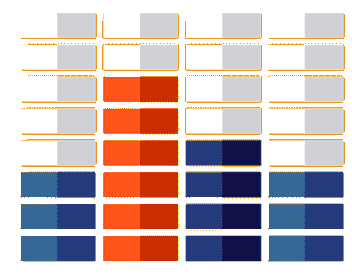 Music charts
Music charts